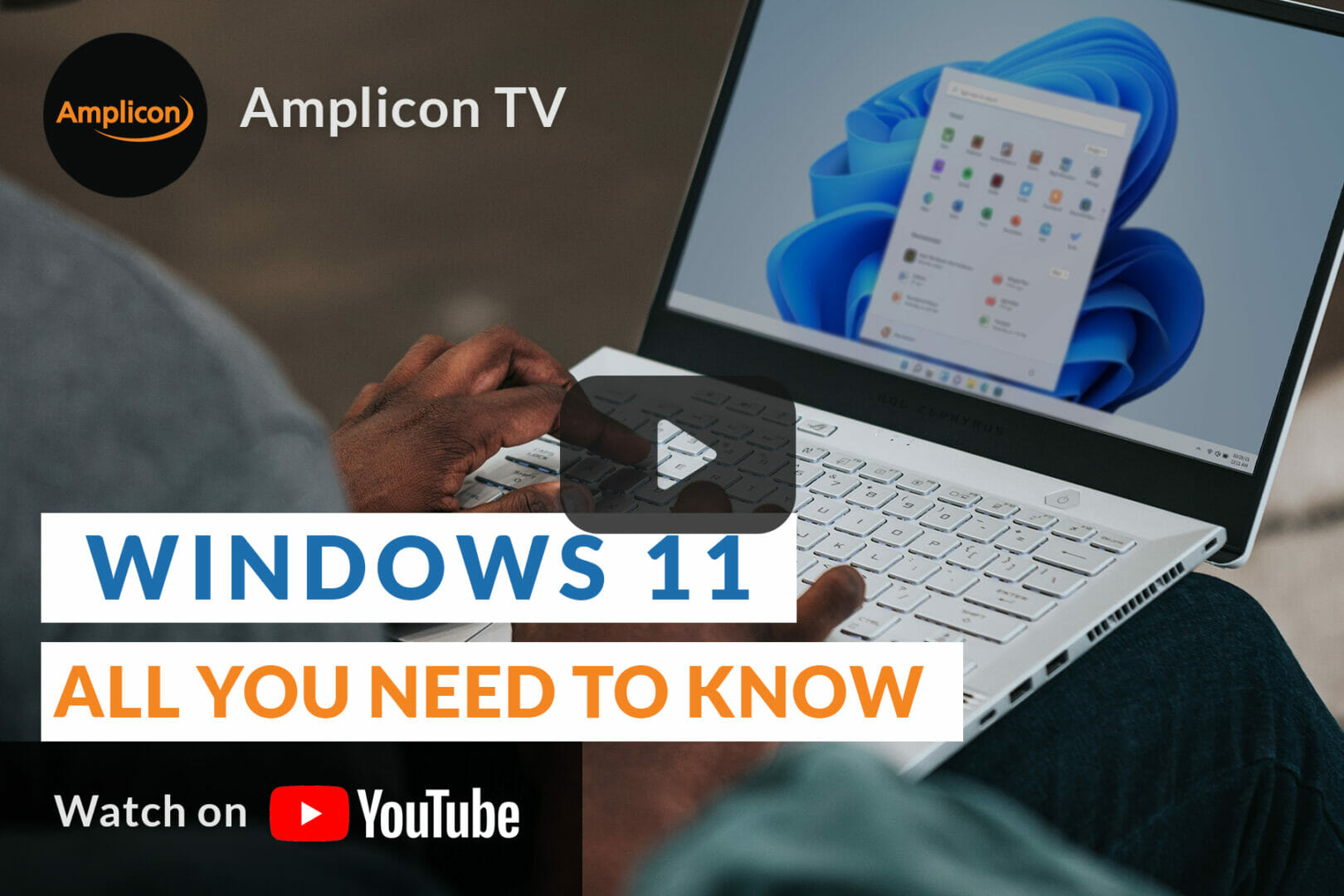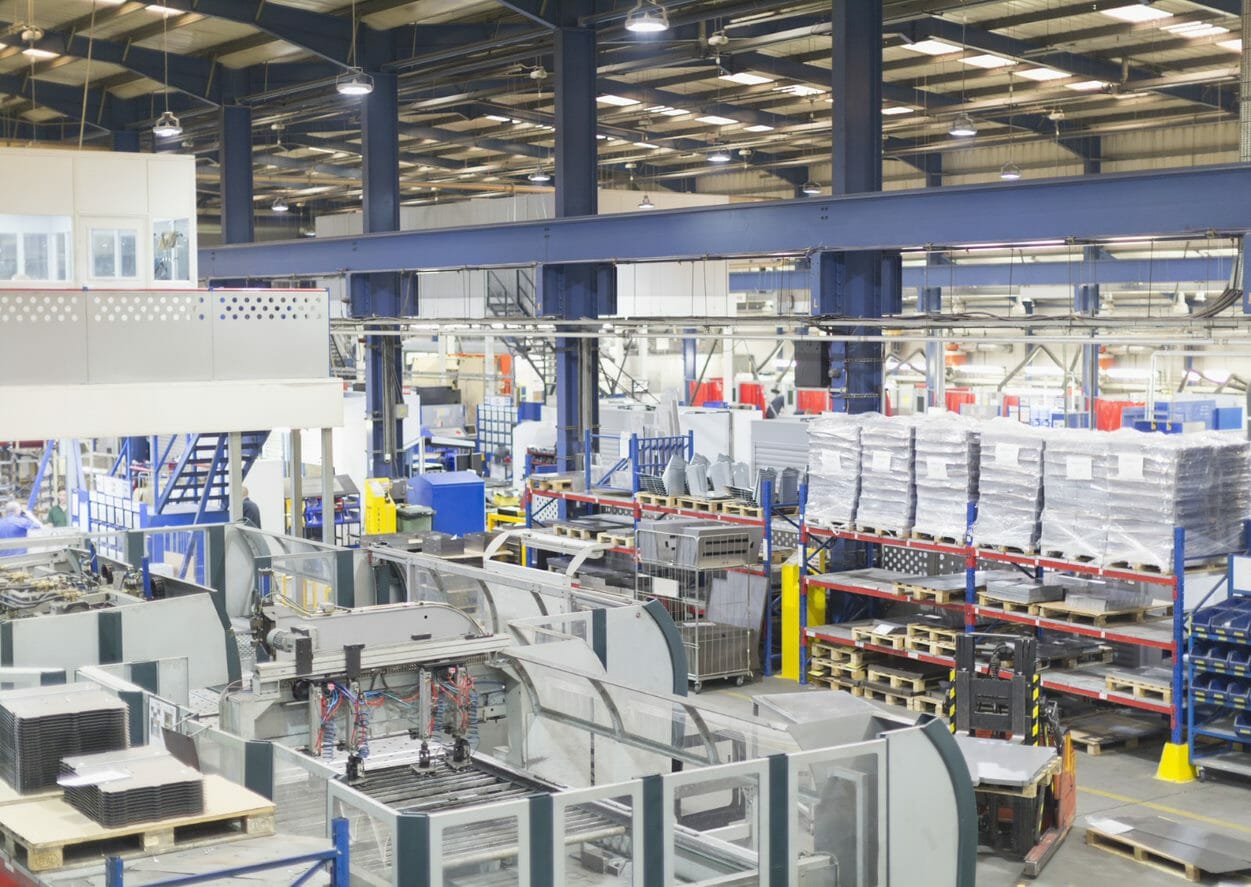The launch of Windows 11 is imminent; many in the industrial market will be evaluating what to use for their next project, this article gives a brief look at the benefits and/or the challenges presented by these two Operating systems.
What is Windows 11?
Windows 11 is the successor for Windows 10, it uses the same core architecture but with a range of functional and cosmetic differences, designed for use in a desktop environment.
What is Windows 10 Enterprise IoT LTSC?
It is generally known as Windows 10 IoT, but in a nutshell Windows 10 IoT is a stripped back version of Windows 10, with all the extraneous features such as Cortana, games etc. removed to make the overall footprint smaller.
What are the key differences between Windows 11 and Windows 10 IoT?
Footprint – Windows 10 IoT has a much smaller footprint when installed allowing for smaller drives.
Cost – Pricing is dependent on which Processor is being used, meaning that Windows 10 IoT can be a more cost effective solution for Atom or low I core based systems.
Productivity – Windows 11 offers the ability to easily layout desktops with a range of windows and when a second display is disconnected and then reconnected it will remember where those windows were and what was displayed. Microsoft Team’s integration allows for easy communication between colleagues and customers.
Compatibility – This is a tricky one to quantify as Windows 11 hasn’t been released into the public domain. However, Windows 10 IoT does can sometimes have compatibility issues with custom software, not often but it does happen. Windows 11 is built on the same core architecture as windows 10 but there are some differences which could give rise to compatibility issues in the short term.
Longevity – For applications where you require long term OS support Windows 10 IoT is by far the better choice with availability of 10 years from launch without any changes other than patches and security updates. Windows 11 will go through a cycle of major yearly updates including feature updates.
Hardware requirements – To install Windows 11 the motherboard must have UEFI secure boot and a TPM 2.0 module whereas Windows 10 IoT has very few specific hardware requirements.
Legacy – Windows 11 is 64bit only, 32bit software will still run under Windows 11 but 32bit processors are not supported, Windows 10 IoT supports both 64bit and 32bit Windows, processors and software.
For more information visit www.amplicon.com
Conclusion:
Windows 11 looks to be a great platform for office based tasks, with its easy desktop management and Teams integration. However, it may not fulfil many of the requirements of the industrial market which typically demands long term availability and support for a wide range of hardware.
Windows 10 enterprise IoT 2021 is due to be launched before the end of this year giving another 10 years of Windows 10 support which will likely secure Windows 10 IoT as the preferred OS for the industrial market.








